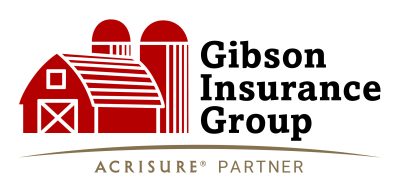Have been you considering using by-products in your feed rations? In the last two months all grains have significantly increased in price. Many producers are again looking to the by-product market to see what they can substitute in their rations to bring costs of gain to the lowest possible level. There are around 150 different by-products sold in the United States for livestock feed. Each of these vary greatly in price, nutritional value, and availability. It is important when considering a by-product to check on its consistent availability, at least for the time you have a group of animals on feed. My operation has had a history of feeding by-products when grain prices are high. Over the years we have had some good success and also some train wrecks due to over feeding what was considered a cheap commodity. The most important step when considering a ration change is to evaluate what you have on hand. Test all hay or silage to see what nutrient values they have on the dry matter basis. When this is done we can calculate what the animal unit will consume and determine what nutrient levels are short in the diet. Currently, we are working with a cow ration. These are fall calving cows that are lactating at their peak level. They are getting silage and hay, but their current diet is a little lower in crude protein and energy than we would like. The body condition score of the cow herd is between 4.5-5, but beginning to drop due lactation pressure on the cows. Now is the time to correct the diet so we don’t lose condition as we progress into winter. We are looking at several by-products to add to the diet to boost our deficiencies. Last week we obtained 2 loads of rejected wheat flour. This flour will be added to the diet in the correct proportions to increase needed energy in the diet. Working with a nutritionist, we will be able to determine the appropriate and safe levels to raise our energy needs. There are several different products that we can use to raise the protein levels, but we need to evaluate each on the cost per pound of crude protein. Corn and soybean oil meal, DDG’s and many others will be considered on a cost basis to build a low cost ration. When visiting with your nutritionist, quiz them on what products are available. Gluten feed, soyhulls, hominy, DDG’s, gin trash, cotton seed, cotton seed by-products, peanut skins, and breading mix are just a few that are available. When comparing by-products to grain or commercial supplements compare the cost of energy per pound and the cost of protein per pound. A producer may find that a cheap by-product may be cheap for a reason. Do not purchase a commodity because it is cheap. Purchase a commodity if it has value. Then remember it is an ingredient and is not a complete feed. Most wrecks happen when a producer uses too much of a product that has adverse effects on health at a high inclusion rate. Just as your pickup needs the proper amount of fuel, oil and DEF to operate correctly, the livestock operation needs diets concentrated with enough protein, energy, and minerals to keep the animal preforming. As long as the diet is palatable, cows seldom care where these ingredients come from.
